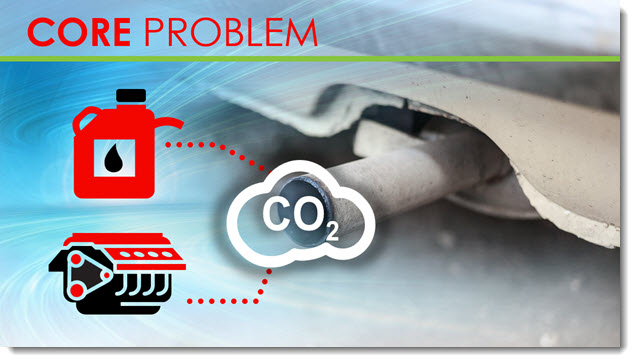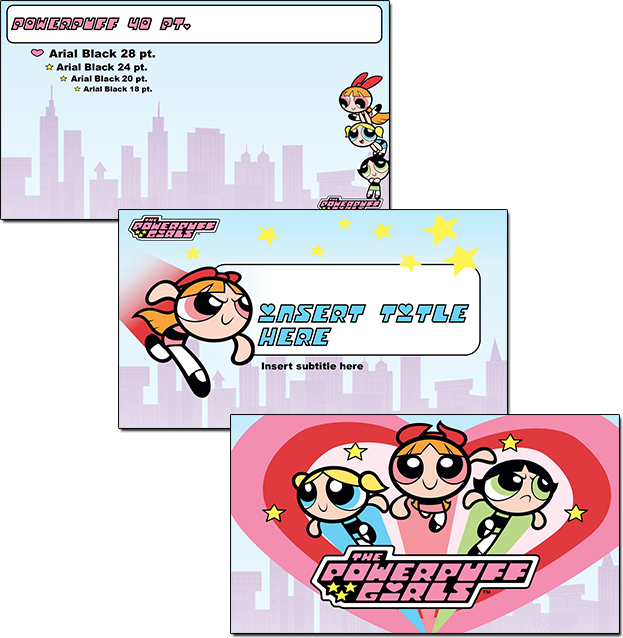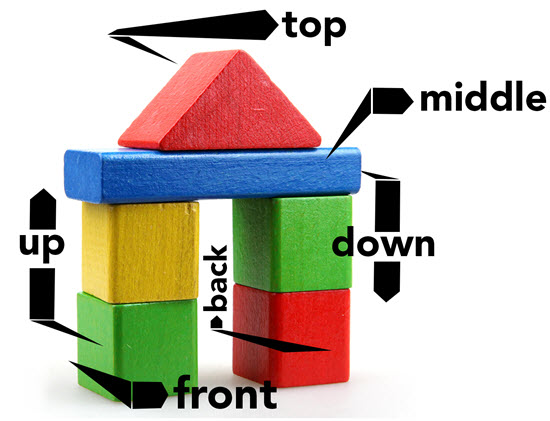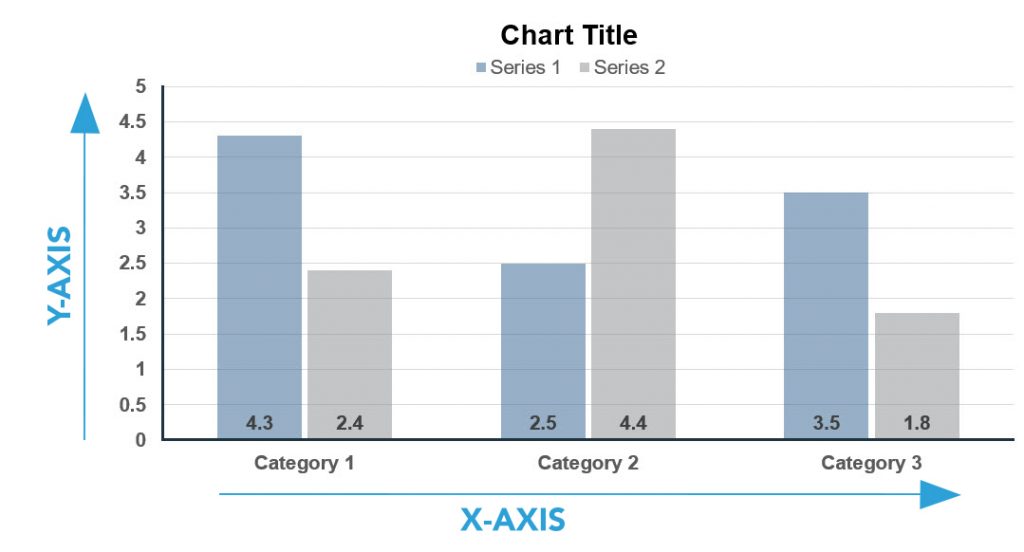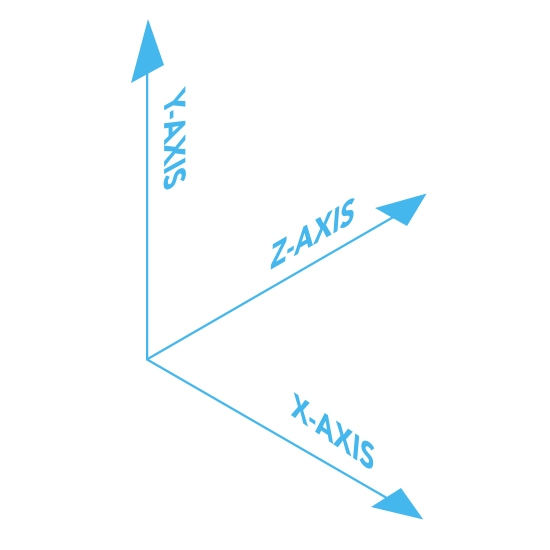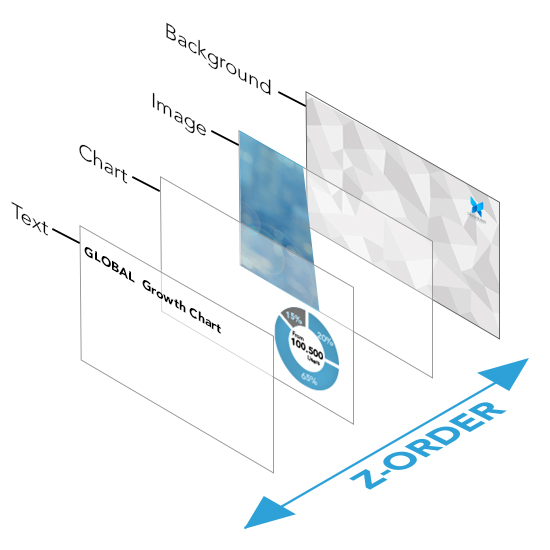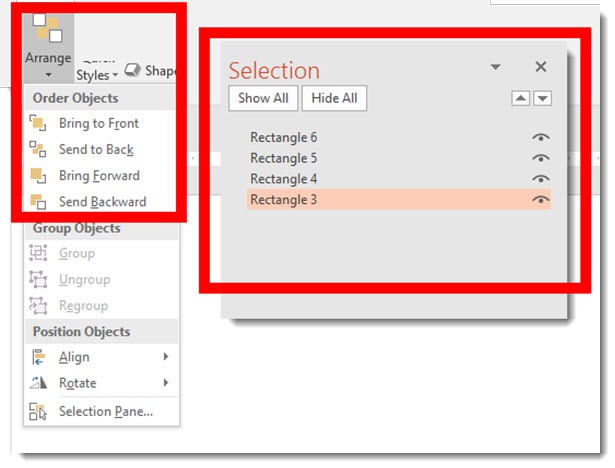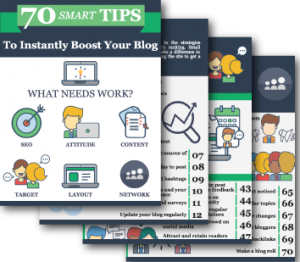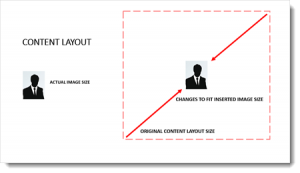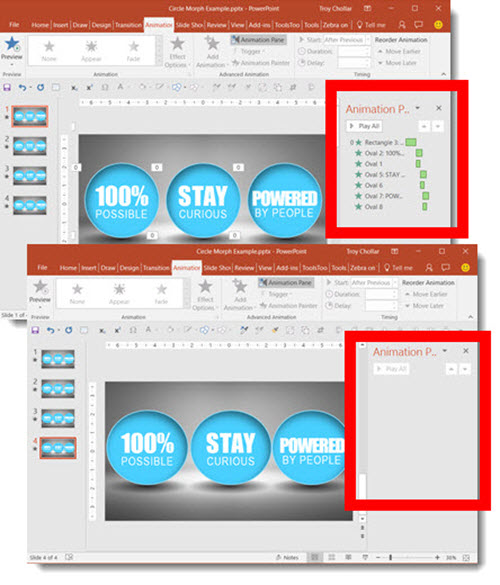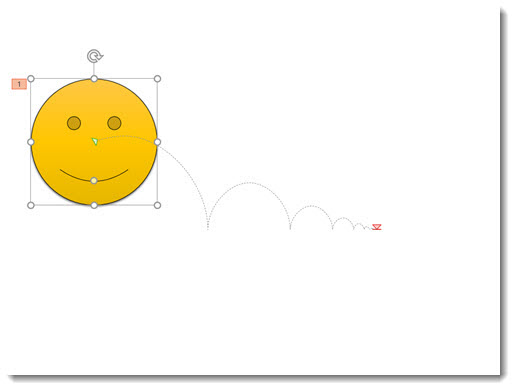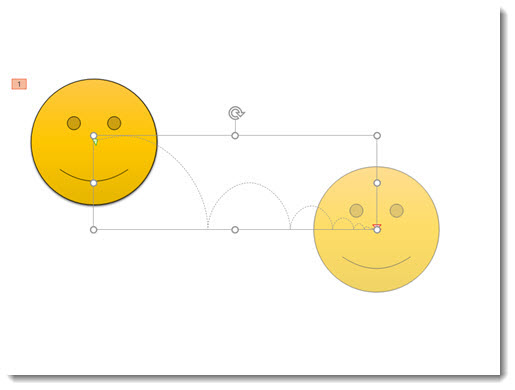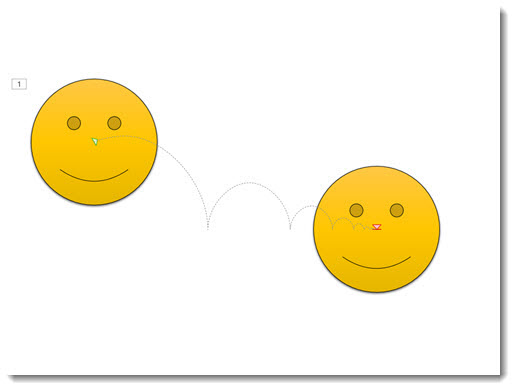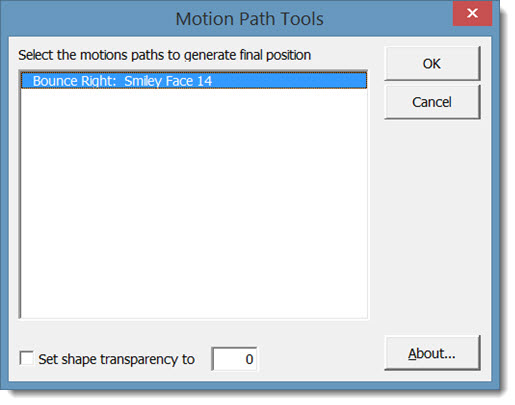Modern Design in 2017
My fellow Microsoft MVP and presentation trainer, Ellen Finkelstein made a post entitled “10 Tips for Modern Design in 2017” (see post here). She then organized a blog roundup on the same topic.

Here is the TLC Creative Services list of Modern Design Trends we see for 2017:
-
More Motion:
Morph has simplified adding complex animation to presentations and allowed a greater number of users to now add motion to their slides without investing hours into a single slide.
-
Color Blocks:
We see a merging of flat design (no bevel, reflection, etc.) and a move away from textures and gradients to the use of large color blocks as the accent graphics and layout framing devices.
-
More Visual Layouts:
Even if not used, the addition of Designer in PowerPoint (see post here for review), is raising awareness of how slide layouts can be improved over simple (and often boring) bullet lists. For years, TLC Creative has developed what we call “Visual Layouts” for bullet list slides, and we are excited to see more awareness and requests for more professional slide designs in 2017.
-
More Navigation:
PowerPoint has always had Custom Shows, but they are tedious to setup. With the addition of Zoom, setting up elegant non-linear navigation is much cleaner and intuitive.
-
Better Organization:
Sections have been available sense PowerPoint 2010, but only recently have we seen more presentations leveraging the Sections tool. The small feature improvements, such as ability to copy a Section and its slides to another presentation, are making Sections a more powerful and flexible tool to use.
-
More Vector:
Vector graphics, those that can be resized without quality loss and modified using PowerPoint’s fill-outline-styling tools, will get a huge boost with the new .SVG file format support (look for a full blog post series on SVG later this month!).
– Troy @ TLC


